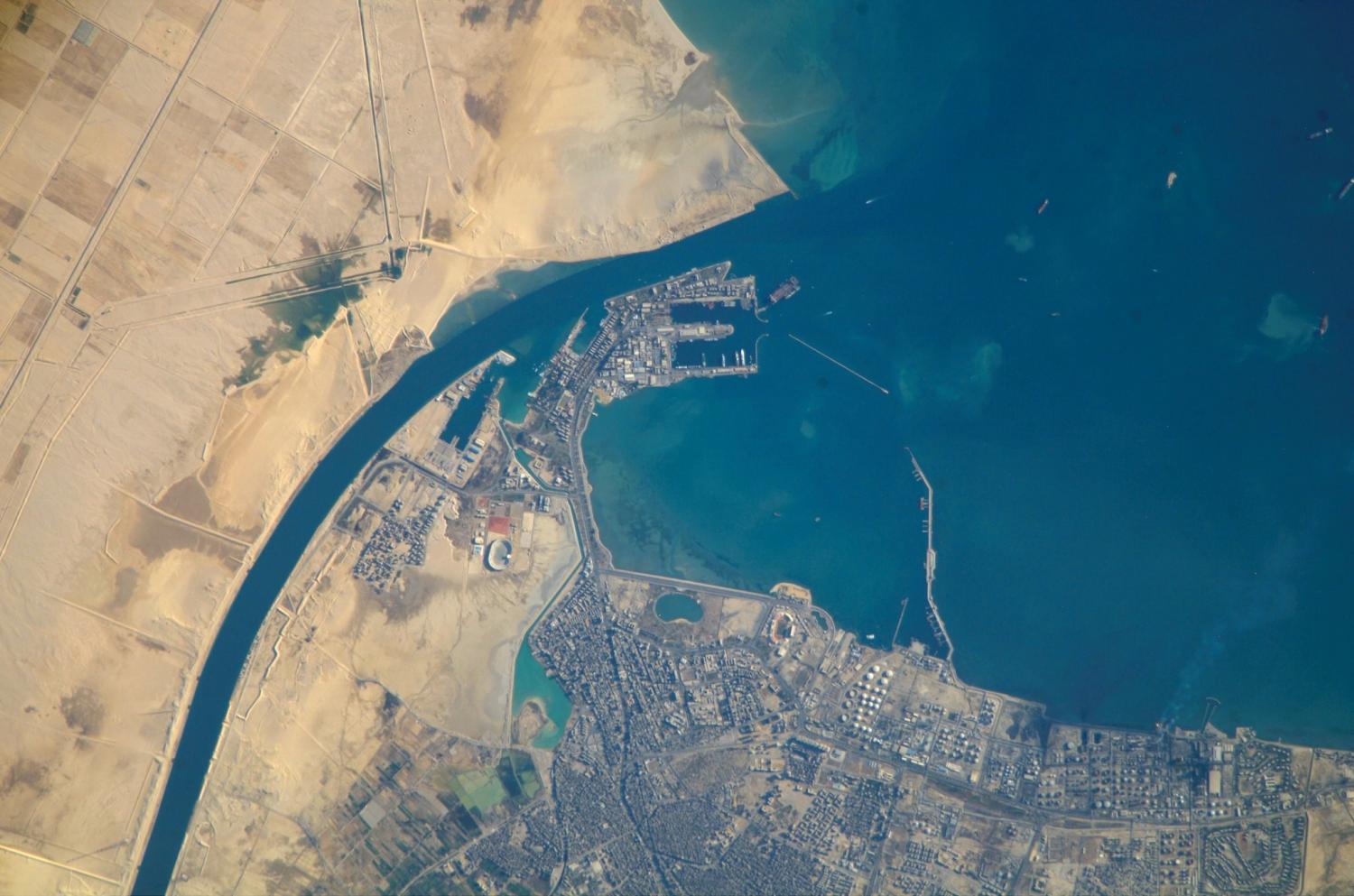As the number of ships passing through the drought-ridden Panama Canal and the terrorist-hit Red Sea slows, the geopolitical importance of these so-called choke points in world trade comes to the fore once again. The disruption inevitably works its way through to the Asia Pacific.
Take the Panama Canal. In normal times about 1000 ships go through each month, carrying some 40 million tonnes of goods. The canal is a lifeline for exporters and importers. As the International Monetary Fund explains: “It can reduce the sailing distance from the Atlantic to Pacific and vice versa by a vast 8,000 nautical miles. Its efficiency and time-saving nature make it a crucial resource for the shipping industry, with an estimated 6% of global trade passing through it.”
But times are far from normal. Water levels in the locks in the 64 kilometre-long waterway are low because of unseasonably dry weather, too shallow for some types of vessels to be floated. Even for ships that can get through, the canal authorities have no option but to progressively slash the number of slots available. At time of writing, capacity was being cut back to 24 slots a day starting from February, two-thirds the usual number. So desperate are some shipping companies to get vessels through that they are reportedly paying seven-figure sums for a slot. Inevitably, these costs are passed down the supply chain.
Although the Suez Canal is more important for trade in and out of Oceania (the Europe-Mediterranean region is Australia’s second-biggest market after north-east and south-east Asia), the Panama Canal is still a vital conduit. In 2022, according to Shipping Australia, exactly 2,520,491 tonnes of Australia’s cargo went through the waterway. Some of the region’s biggest shipping groups, such as China’s Cosco, Taiwan’s Evergreen, Hong Kong-headquartered Orient Overseas, Japan’s NYK Line, Korea Line, Yang Ming Marine and Mitsui OSK rely on the canal.
But when slots are in short supply, the game changes. If operators of container ships, for instance, secure most of the available slots, other ship types have to go the longer way round or send cargo over the land bridge by rail. This is what Maersk is in fact doing.
Meanwhile, shipping lines are still avoiding the Suez Canal despite the presence of a peace-keeping fleet in the Red Sea. The attacks by Houthi militia quickly caused the diversion of most of the container and other traffic away from the Canal, which in good times sees the transit of 12% of global trade, worth around a trillion dollars a year.
The biggest shipping companies, such as Maersk, Hapag Lloyd and MSC, promptly sent their vessels around Africa’s Cape of Good Hope, which extends the voyage by up to two often extremely rough weeks of sailing. This raises fuel and operating costs and causes delays. Insurers immediately doubled shipping’s war risk premiums.
The giant Maersk shipping group detailed a list of three surcharges in response to the terrorist attacks: one for transit disruption, another for peak season traffic to Far East Asia, and a third for “emergency contingency”. If shippers could not accept these terms, their bookings were cancelled.
Because of problems in these choke points, freight rates for some fuel tankers, especially those carrying LPG, LNG and jet fuel, are rising. “These vessels use the Panama Canal on the US-Asia trades,” explains Shipping Australia. If the disruptions are prolonged, analysts predict big increases in daily spot rates for these ships of up to US$200,000 a day, up from mid-December rates of $48,000 a day. Also, as Oxford-based PortWatch explains, the delays cause serious knock-on effects in ports that depend on the smooth functioning of the canal.
Fortunately, the problems in the Panama Canal coincide with a reasonably benign commercial conditions. Shipping Australia statistics show that freight rates are comparatively low, availability of ships is high, cargo demand is also relatively low, and fuel prices moderate. “They are currently about US$600 per tonne of very low sulphur fuel oil (VLSFO is the most commonly used and cheapest fuel) compared with north of US$1100 in the past,” the trade body points out.
Meantime, the Panama Canal is turning into a geopolitical flashpoint that has nothing to do with the weather. Its three biggest users are Japan, China and the United States, the latter having ceded the waterway to Panama in 1999 on condition that it remained politically neutral “with fair access to all nations and non-discriminatory tolls”. And the United States needs to keep it that way. As the IMF points out, “In fiscal year 2021, the United States was the origin or destination of 72.5% of all ships crossing the canal. China came in second, with 22.1% of the traffic being ships from China. Japan followed closely with 14.7%.”
However, China is exerting much tighter control over the waterway through its Belt and Road strategy. China-linked companies now own significant port concessions at both ends of the canal following the previous Panama government’s recognition of China’s claims on Taiwan, and is involved in other deals such as the construction of a new bridge.
Backing up recent appeals by high-level US generals, Centre for Strategic and International Studies global analyst Daniel Runde warned that America needs to counteract China’s influence before it’s too late. “The integration of the Panama Canal into a broader Central America strategy will require increased US engagement with Panama itself, with the added benefit of rivalling China not only in the Canal but in the broader region.”
Even when the rains return, the issue of political neutrality will remain.
